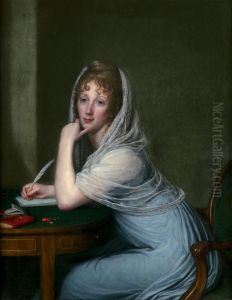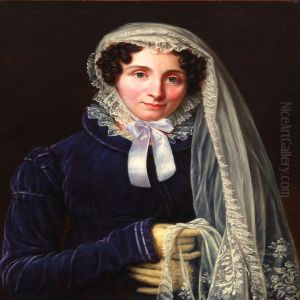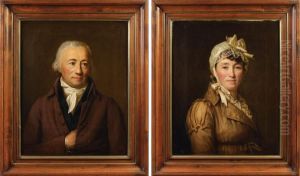Georg Friedrich Adolph Schoner Paintings
Georg Friedrich Adolph Schöner, born in 1824, was a German painter primarily recognized for his contributions to landscape and marine painting. Operating in the 19th century, a period that was rich in artistic evolution in Europe, Schöner carved a niche for himself with his distinctive approach to depicting natural scenes. His works, characterized by a keen observation of nature and a subtle use of light, reflect the broader movements of Romanticism and Realism that dominated European art at the time.
Schöner's education and early influences in art remain less documented than those of his contemporaries. However, like many artists of his era, he likely received formal training at an art academy, which was the norm for artists seeking to establish a career in the fine arts in the 19th century. His choice of subjects—ranging from serene landscapes to the dynamic and often tumultuous scenes of marine life—suggests an affinity for the natural world that was deeply rooted in the Romantic tradition, which emphasized emotion and a glorified view of nature.
Throughout his career, Schöner exhibited his works in various German cities, gaining recognition for his detailed and atmospheric landscapes. His ability to capture the mood of a scene, particularly the interplay of light and shadow, set his works apart. Despite the acclaim he received during his lifetime, Schöner did not achieve the lasting fame of some of his contemporaries, such as Caspar David Friedrich or J.M.W. Turner, whose works have come to define 19th-century landscape painting.
Schöner's legacy, like that of many artists of his time, is a reflection of the shifting tastes and artistic priorities that have evolved since his death in 1900. While his contributions to the art world may not have secured him a prominent place in the broader narrative of 19th-century European art, his paintings remain valuable for their portrayal of nature's beauty and tranquility, offering insights into the aesthetic values and techniques of his era. His works are preserved in various collections and continue to be appreciated by those who seek to understand the depth and diversity of 19th-century German art.




